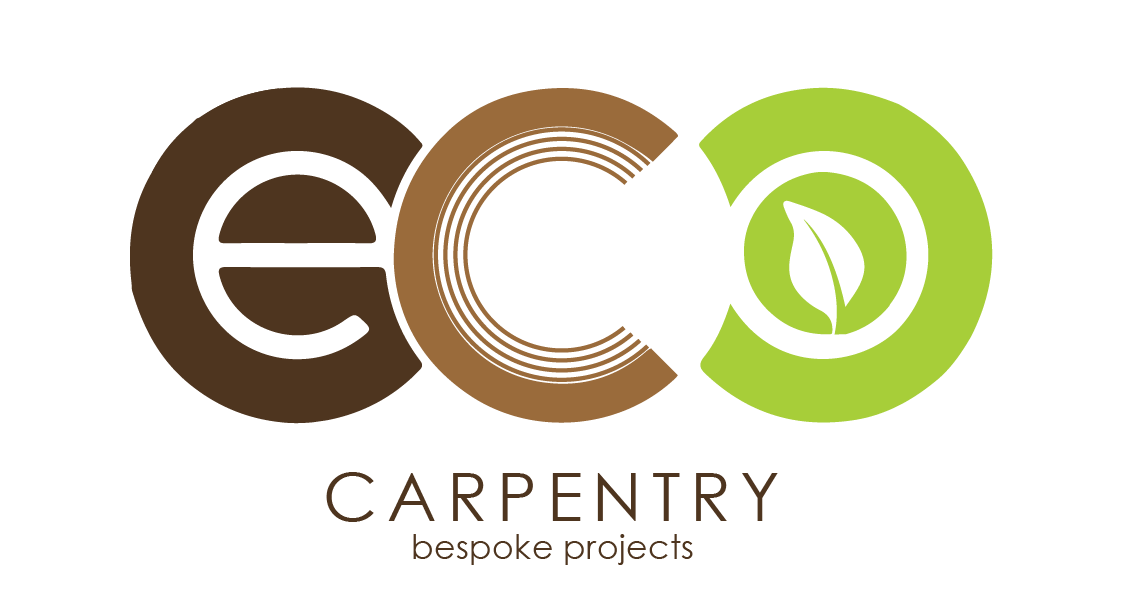Do You Need Council Approval for Your Perth Deck?
You’ve got your eye on that stunning new deck; barbeques on a lazy Sunday and a place to enjoy morning coffee in the sun have never looked better, not to mention all the extra space for entertaining. Then the word ‘permits’ or ‘council approval’ comes up, and suddenly you’re doubting everything.
WA deck building codes won’t try to trip you up. They help keep buildings safe and neighbourhoods running smoothly. But they can be confusing, and you don’t want to go through half your deck only to learn that you were doing something wrong.
So do you need a permit? It depends. This may not be the clear-cut response you were hoping for, but bear with me.
The Basic Rule Everyone Should Know
Most Perth councils obey the general rule: "If a deck is 500 mm or above natural ground level, then you will need to obtain council approval." That's just half a metre.
Legislation then serves as the guide, which has been formally approved as acceptable by the City of Joondalup and seems to be consistent across the majority of Perth metro councils.
Here's the tricky bit. That measurement is from the natural ground line, which confuses people on sloping blocks. Although your deck may appear low from your back door, you may be surprised to learn how much higher you will be pushed if you measure it accurately from the base connecting level below and account for any changes in gradient.
Are there any other crucial measurements to consider? Building within 900 mm of your boundary will require paperwork. Ditto if your deck is over 2.4 m high at any point.
Small Decks Aren't Always Permit-Free
A recurring myth is that a small deck does not require a permit. Look, there’s some truth to that, but it also is more complicated than that.
Decks less than 1 metre high and less than 10 square metres in floor area can often be built without full building permission.
However, the main issue that confuses people is as follows:
This size is only 10 square metres, which translates to approximately 3 m x 3 m, making it quite small for entertainment.
Decks that are connected to your house may require a permit too, even if they are below the size threshold.
Location matters; if you’re near boundaries, other rules apply.
Pool decks almost always require permits regardless of size because of pool fencing safety requirements.
Bigger than those limits is ultimately what most families would want anyway; that’s where the proper approvals come in.
Why Different Councils, Different Rules?
They have exactly the same requirements, right? They are all working off the same WA building codes. Councils disagree on these issues, each with its own local planning schemes that operate in addition to state rules.
Regulations, in particular, can overly constrain the City of Perth, a concern I addressed in my response. They mind a great deal about the setbacks on buildings and about how new structures look from the street.
Stirling Council is usually quite reasonable but fussy about drainage and stormwater. Joondalup has its own guidelines, and most other councils do too.
Therefore, you cannot assume that your friend's experience in a particular suburb and obtaining approval in a different town will be the same as yours. There might be an entirely different set of requirements for the neighbouring suburb.
Planning Approval vs. Building Permit
And this is something that everyone is always perplexed by. You may need one or both of the two types of approvals, depending on your task.
Planning approval is granted if it fits the neighbourhood.
Setback requirements and boundary distances
Privacy impacts on neighbours
Property and its looks in the region
Building permits stress the structure of the house:
Compliance with Australian Standards
Structural soundness and engineering
Safe construction methods
Building approval is managed by the WA Government’s department of building and energy, but applications are handled by each local council within Western Australia.
For a simple deck, you might need only a building permit. But larger or higher decks in finicky places may require a planning approval first (60 to 90 days) and then a building permit after (10 to 25 working days).
We understand the importance of preparation, don't we?
The Real Cost of Skipping Approvals
Let's be honest. A few people consider not seeking approval at all. It feels like more time and money spent on something that shouldn’t be such a big deal.
Don't do it.
Fines generally are at least three times as much as the cost of the permit. But your financial situation is the least of your concerns. Council can also make you completely remove your brand-new deck.
And, unapproved structures are the stuff of nightmares when it comes to selling (appearing on property reports, with buyers either walking or requiring you to remedy prior to settlement). Insurance claims can also be rejected.
It's just not worth the risk.
What Your Deck Builder Should Be Doing
If you’ve hired a professional deck builder, they should be well-acquainted with local regulations. We assist clients in trying to determine whether their project requires approval, and if so, what type.
While we can't claim to know the ins and outs of every council in the Perth metro area, with all due respect, we've built plenty of timber decks and composite decking projects around Perth over the years... And generally, we know what each council wants.
A good builder will be straightforward with you about permits and manage the process for you. They will understand the council requirements, the approximate timelines, and whether your design requires engineering accreditation.
The trick is to sort the details out before you begin building. Finding out that you need approval when the materials are already on site and construction is underway can be a daunting task.
Making the Application Process Smoother
If you need to get council approval (which you probably will do), here's what makes it go more smoothly:
To-scale drawings, which are accurate blueprints with precise dimensions and layout, are essential.
Site plans indicating where the deck will be in relation to property lines and existing buildings.
Details about the structure's advantages on decks higher than that would show that the chosen deck construction is structurally sound.
Details regarding the construction materials, especially those related to termite prevention or bushfire ratings, if applicable.
The more comprehensive your application from the outset, the less back and forth with the council. For everyone, the lack of information only means annoying delays.
Special Considerations for Different Deck Types
Not all decks receive the same approvals.
Here's what gets extra scrutiny:
Raised decks that result in overlooking neighbours’ windows also require careful thought; you may have to build screening into the design.”
Wraparound decks typically require approval due to the cumulative area, which includes even very low areas.
Decks on sloping grounds are a nightmare; the councils measure from the lowest point in the natural ground standing next to your deck, so what seems low when you look at it from one direction could be multiple metres too high.
It is important to ensure your measurements are accurately taken before assuming you are under the threshold.
Why Composite Decking Doesn't Change the Rules
Some believe that opting for composite decking over wood may alter approval regulations. It doesn't. Whether you install Trex composite decking or traditional lumber decking, the rules remain the same: you'll face significant risks. The council cares about size, height, and location—not materials.
Nevertheless, high-quality materials like Trex may facilitate the process of receiving approval. Councils like well-specified, warrantable products. Eco Carpentry is ready to bring that professional reputation to your project as a registered Trex Pro installer.


